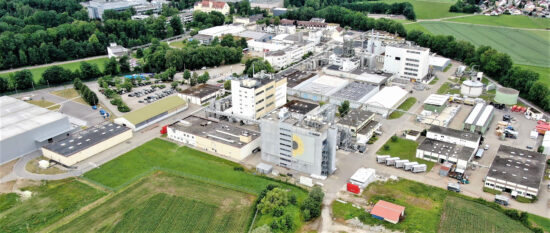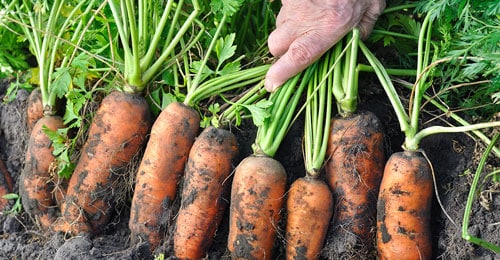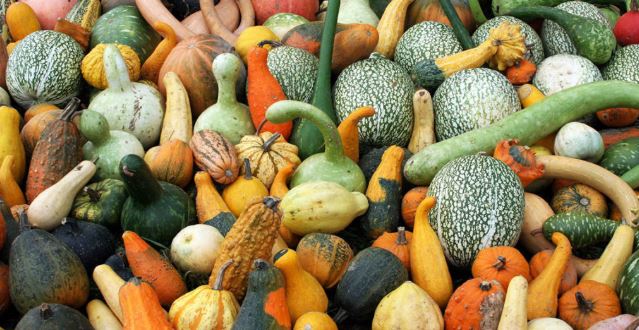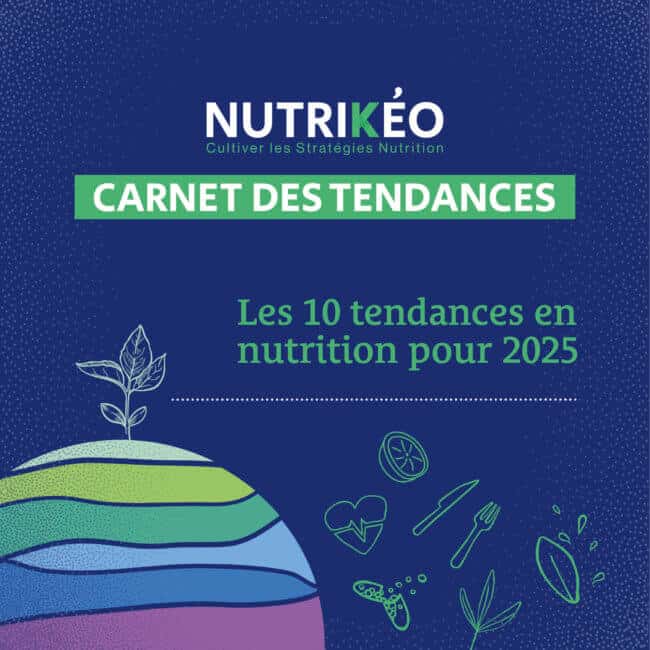Slow Food is an international movement, born in the 1990s in Italy. It was originally created as opposed to fast-food restaurants, which were increasingly established in city centres. This movement quickly rallied a large number of volunteers and supporters, both professional and non-professional, and is now articulated in several networks around the world. Its main missions are to promote local food of high quality, respectful of ecosystems and the environment, and to preserve biodiversity.
Today, we are looking at the issues related to biodiversity, the reasons that led Slow Food to make it a priority, and the solutions put in place to preserve it.
Food and biodiversity: a complicated situation
The standardization of our diets and international consumer demand has implications for agriculture. Since the turn of the century, FAO estimates that we have lost about 75% of the genetic diversity of cultivated plants. By abandoning local crops and replacing them with commercial varieties with international uniformity, we are losing traditional varieties. This gradual reduction in the number of varieties grown is in itself a loss of biodiversity.
Here are some figures to better understand the situation. The CGIAR (Consultative Group on International Agricultural Research) estimates that there are between 250,000 and 300,000 plant species, and that only 150 to 200 species are used for human food. Three species, rice, maize and wheat, are estimated to provide almost 60% of the calories and protein from food of plant origin.
In its 2019 report « Biodiversity for Food and Agriculture », FAO also points out that many biodiversity indicators are in decline. For example, the number of pollinator species is decreasing, as are organisms in soils and wildlife in the wild. This loss is due to the destruction of their natural environments, pollution and overexploitation, among other things.
One of the reasons for this rapid and consequent loss of biodiversity is the demand for cheap meat. Large areas of agricultural land are converted into soybean production to feed livestock, thus becoming monoculture. To sell cheap products, it is necessary to be able to reduce production costs wherever possible. By doing so, there is increased pressure on animals, ecosystems and the economies that depend on them. These models, originally Western, are now being exported all over the world.
The consequences of biodiversity loss on the quality of our food
Studies suggest that fruits and vegetables grown today are less nutrient-dense than those grown a few decades ago. Although the nutritional impact on the quality of these products is not significant, this only highlights the importance of consuming the recommended quantities of fruits and vegetables (5 servings per day according to the French PNNS) in order to receive the daily doses of nutrients.
Indeed, this data is accompanied by another aspect of the current diet that poses a problem: empty calories. This corresponds to Western diets that provide enough calories (at least 2000 kcal per day recommended for an adult on average), but do not meet nutrient needs, such as vitamins or minerals. We also know that most French people do not reach the recommended daily dose of 5 servings of fruit and vegetables.
In addition, consumers are often heard complaining about the lack of taste of fruits and vegetables, which can now grow out of season, at all temperatures. A loss of taste quality often leads to a loss of pleasure when we eat, and therefore a loss of overall product quality. This is not in line with the promotion of regular consumption of fruit and vegetables.
Slow Food’s solutions to preserve biodiversity
Reintroducing old species into our consumption
Faced with this situation, Slow Food has set itself the mission of defending biodiversity and reintroducing forgotten species and varieties. Their logic is as follows: to preserve a food, you must eat it (« eat it, to save it« ).
Since its creation, Slow Food has been working extensively on food at risk. The Ark of Taste lists more than 5000 foods on the verge of extinction in more than 150 countries. Their aim is to promote and encourage the production and consumption of these foods, often specific to regions of the world. Most of them have been left aside in favour of mass consumption food. To reintroduce them into our diets, it would be imperative to think beyond mass production and consumption.
Indeed, to enhance these treasures of biodiversity and to vary the species that are permanently found on our plates, we must go beyond our field of vision, which is often limited by economic and productivity imperatives. According to Richard McCarthy, Executive Director of Slow Food USA, the solution to biodiversity loss is:
- Reduce the amount of monoculture
- Favour cultures adapted to the region (history, needs of the population, terroir…)
- and adapted to the environment (climatic conditions, soil quality, etc.)
Communicate the need for biodiversity and species that are disappearing
Secondly, Slow Food recognises that for this to work, consumer demand must follow. We must therefore create a passion for these products, communicate their benefits, organize tastings, play on the regional aspect and bring consumers and producers closer together. It seems essential to them to improve meals in canteens, and to make lunch an academic subject. Indeed, this would educate new generations to eat new foods, placing them in a historical and geographical context.
Encourage meat-free meals
As mentioned above, consuming meat has environmental impacts, particularly because of livestock feed. Slow Food encourages you to reduce our meat consumption, or at least not to make it the main part of your meal. This applies in particular to canteens, which are encouraged to offer more and more vegetarian options.
Enhance the value of local culinary heritage
Slow Food wishes to identify products specific to regions of the world, encourage their cultivation and promote them. In this way, each region will be able to contribute to offering a more diverse and complete range of products to consumers. This approach should be adopted by both producers and consumers.
Global campaigns
Beyond these actions, Slow Food is committed to supporting farmers’ markets, changing tourism to make it greener and raising awareness among holidaymakers of the importance of biodiversity. Their key message is to reward quality over quantity.
A large-scale reflection on our production and consumption patterns
Slow Food therefore invites us to reflect in depth on our consumption habits and the food production methods we support through our purchases. By suggesting that consumers are actively involved in shaping demand to change things on a large scale, Slow Food understood that the change is now bottom-up, not top-down.
You can find all the products listed in the Ark of Taste here.












